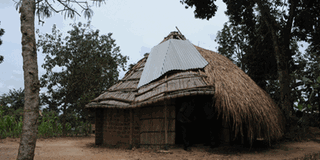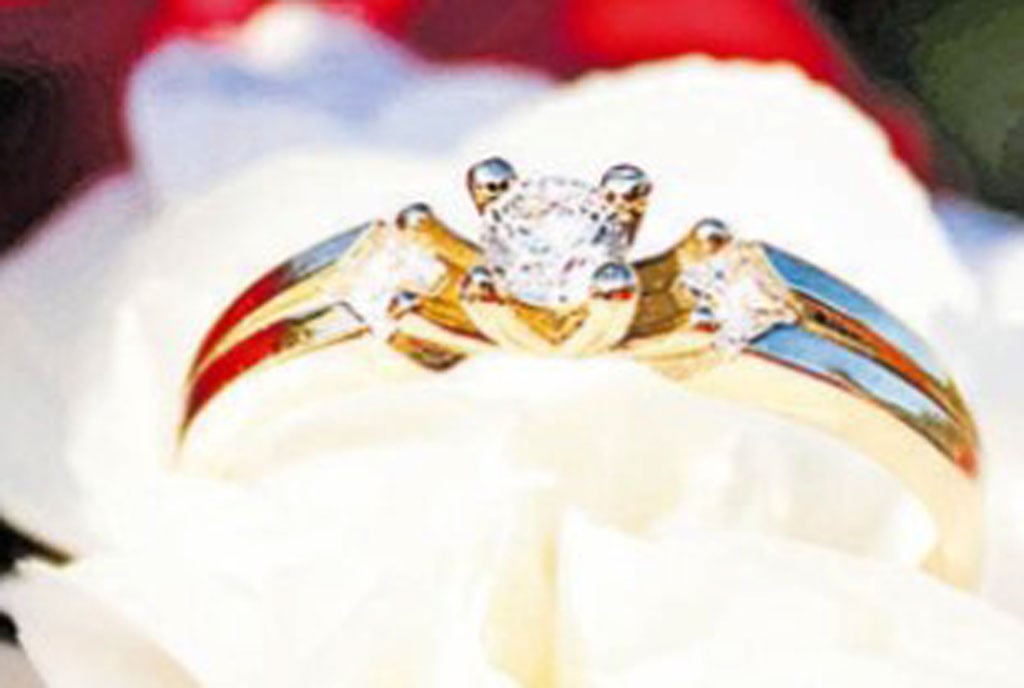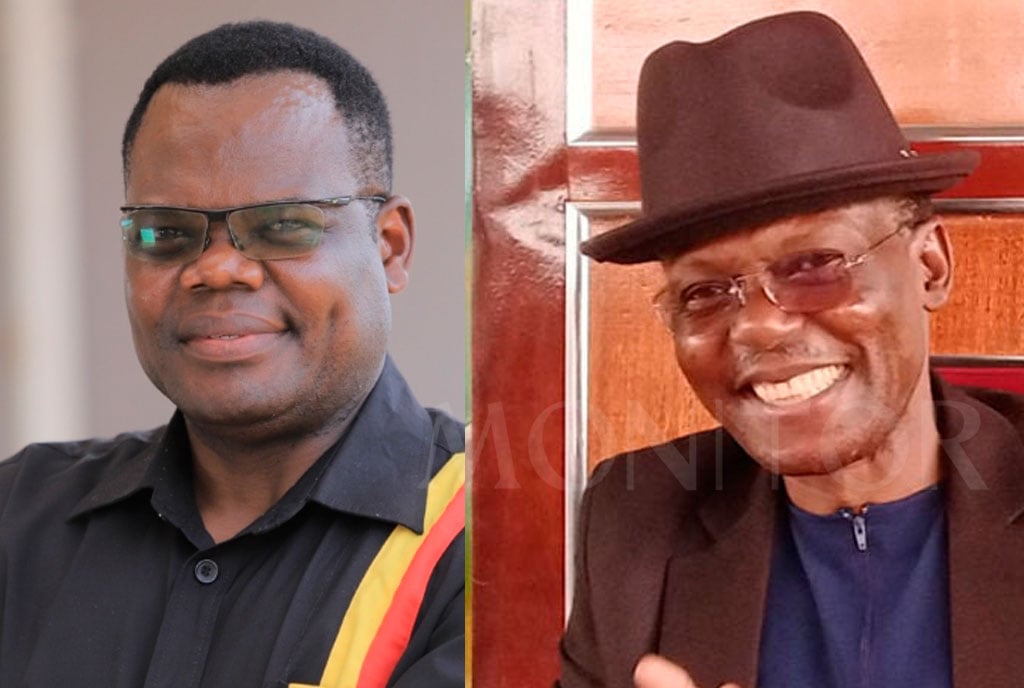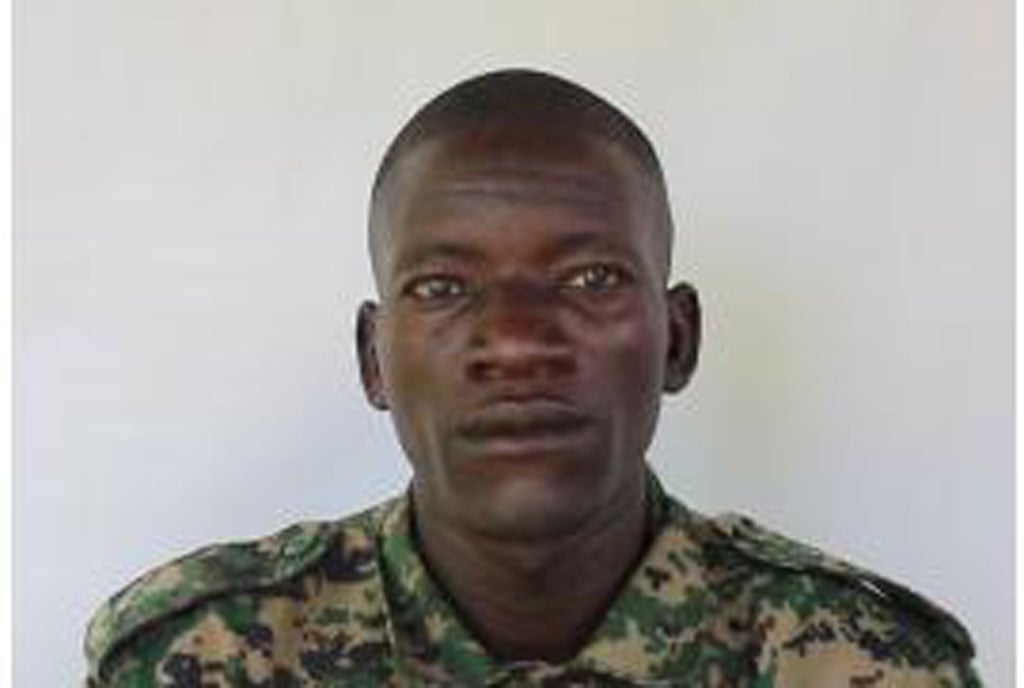Prime
Cultural Sites: Forgotten relics of Buganda kingdom

Kabaka Kiweewa tombs have been at a centre of controversy over demarcation of the land. On visiting the site, we found that not more than 100 feet remain, of the former two square miles of Kabaka Kiweewa’s palace. Courtesy Photo.
What you need to know:
Tradition in Buganda has it that for every king or queen mother who dies, a special burial place – a tomb is built. To date, there are at least 56 tombs along with those that belong to the princesses and princes. However, many of these have become dilapidated due to failure in maintenance. For others, the land around them has been sold, leaving only areas where the actual tombs sit. The areas, which initially were heritage sites, have been reduced to only ritual-performing areas for individuals. Abdu Kiyaga visited four of the main tombs.
Site: King Kiweewa Mutebi tombs
Location: Masanafu
An unkempt compound, and incomplete house structures welcome you to the Masanafu-based King Kiweewa Mutebi Nyonyintono’s tombs.
With no solid fence and gates to guard the area from trespassers, several paths to people’s homes have been drawn across the fallen king’s palace.
It is only three kilometres from the main road, Sentema Road in Wakiso District.
However, many of the people we talk to, in the area, cannot tell the location of the place. A boda boda cyclist I meet says, “I have heard about the tombs but I cannot exactly tell where the tombs are.”
According to Princess Aliya Nkinzi, formerly the sole care-taker of the area, King Kiweewa was at the helm for only 90 days when he was assassinated by his brother Mwanga, after he had joined forces with his Muslim counterpart, Nooh Mbogo, during the religious wars that rocked the kingdom in the 1880s.
The tombs have in the last two years been a centre of controversy over demarcation of land.
On visiting the site, we find that not more than 100 feet remain, of the former two square miles of the King Kiweewa’s palace, which is now only left for small cultural rituals.
“When people get revelations from him [Kiweewa], they come and pray to him. But away from that, there is nothing much that goes on here,” Gertrude Lubega, one of the care takers of the place states.
Nkinzi says real estate companies dealing in land has led to the eating away of tombs.
“There are lots of people that have always come in the name of being descendants of the king and they have sold the whole area,” Ms Nkinzi, who is now confined to her semi-finished house that she shares with her domestic animals, says.
However, she says it’s never too late to reverse the trend as different princes and princesses and well wishers can still come together and evict the people who have built homes around the tombs.
A month ago, the Nabweru Court convicted Isaac Ssimbwa and sentenced to at least 18 months in prison for trespassing. According to Ms Nkinzi, Ssimbwa had for the last two years been selling plots of land.
However, she blames the Mengo-based kingdom government for not paying attention to the issues regarding the sale of land at which the historical sites are situated.
“Mengo has betrayed us. They have several times heard about these issues but they have lent a deaf ear. We do not know if the Kabaka knows about this and ignores them,” Ms Nkinzi said.
Site: Kannyange Queen mother Tombs
Location: Kagoma
Before King Ssuuna Kalema II became the 20th Buganda King in 1824, no king had ever seen his mother because this was believed to be a taboo that could lead to the demise of the king.
However, Kalema ordered to see his mother, Nakazzi Kannyange and when he saw how beautiful she was, he ordered that a house be built for her, at a distance near his palace. She however died shortly after.
She was therefore buried at Kannyange literally meaning, “hill belonging to my mother.” This is according to Grace Namusisi Nantumbwe, the woman who has been taking care of the place since 1966.
She adds that the hill was strategically located, opposite the king’s palace in Wamala so as to facilitate easy communication and movement between the king and his mother.
The most important feature of the Kannyange tombs is the sacred Batandabézaala drum that is used to call upon the fallen king’s spirits during cultural rituals.
It is alleged that one of the rituals regarding the 200-year-old drum, which is also the most important tourist attraction at the tomb, is that it is not beaten by men that have met with their wives.
Ms Namusisi says due to poor maintenance, the house of the queen mother suffers leakages when it rains.
She also added that like the Masanafu based tombs, lack of fencing has minimised the cultural function of the area with people creating paths through the tombs.
“We are supposed to dry some of the cultural material that gets soaked during the rain but we fear that people who pass through the area might walk away with them,” Ms Namusisi said.
Underfunding of the tomb has also seen activities such as traditional competitions fade away despite calls for help, to the Bulange based administration.
Several buildings at the site especially the gate house to the royal tombs where each guest is supposed to be received have not been rehabilitated in a very long time.
“We hear that there is a provision for money to maintain all the tombs that are in the region but I have never seen that money for the time I have been here,” Ms Namusisi says.
Site: King Ssuuna Ssemunywa II tombs
Place: Wamala
1.5km off the Kampala-Hoima road, is a murrum road on a hill that leads you to Nansana Town Council. However, like most of the crypts, the area was in an appalling condition until February when Mengo, with the help of Unesco, decided to refurbish the tombs.
“The grass at the entrance had worn out. At the back, we had just put polythene paper and we would not allow anyone to go there,” the care-taker, Ms Mukondo, who has been there for the past eight years and insists on being referred to with only one name, said.
The land on which the tomb is situated has also, like others, grown smaller day by day until it was decided that they should fence part of the area to prevent trespassers from selling the land and using it a as a short cut to Nansana.
However, she says that for the eight years she has spent in the area, she has no idea on who sold the land.
Site: King Kamanya Kassengejje tombs
Location: Kassengejje, Wakiso
King Kamanya was the 28th King of Buganda and after his demise, he was laid to rest in Kassengejje, a name that was baptised to the place due to the activities of local brews that were done in the area during his reign.
On reaching what was King Kamanya Kassengejje’s palace during his three year reign (1821-1824), we see an incomplete structure that was being erected to protect the tombs.
When the royals in this lineage observed that one of their members had sold at least 16 plots of land from the former four acres, they quickly formed a four-member committee with the task of saving the rest of the land.
Prince Henry Kiggala, the chairman to the committee says t it is such a pity that the culture is being destroyed at the hands of the royals who take advantage of the fact that Mengo administration has neglected the area.
“People who sell this land use the advantage that they are from this lineage and sell off the land. When we go to report to the Katikkiro, they promise that they will look into the matter but they never do so,” Mr Kiggala says.
He adds, “It is with this that we have put in place this committee to make sure that no one else sells the land on which our great grandfather is seated.”
On the day we visit, we find the committee touring the land and in the process, they stop tenants who are erecting houses a few metres away from the tombs.
A June 21 letter shows that the administrator general’s office issued a notice stopping all dealings on the land pending further instructions from the office.
Comment from the Monitor desk
When British journalist Henry Morton Stanley visited Buganda Kingdom in 1875, he was more than impressed with the organisation and order in the kingdom. That order, characterised Buganda, from the time one was born to the time he died. All the stages of life in Buganda were treated with a sense of sacredness and respect.
But there was such a lot of sacredness, mystery and honour in death. And burial grounds were treated as such, more so for the king – such that the word “death” was not pronounced in the same line as “Kabaka”.
Buganda kingdom was an epitome of civilised Africa – a proud people with culture and lifestyle that kings oversaw through history.
However, since the 1900 Buganda agreement, the state of affairs in the kingdom changed. Not only did the kingdom’s power, land and property become the shadow of the kingdom’s former self, but, the moral fabric and organisation that once characterised Buganda’s lifeline, started to go down the drain.
It is this same decadence that is now eating and burning away the kingdom’s cherished sites.
First, it was the stories of the royals, selling off land their families have owned for generations. Then, there was the burning of sacred places like the Kasubi tombs, and Bwanika coronation site at Naggalabi.
Word has it that land around all these tombs and other sacred shrines have been sold – and to make matters worse, by members of the royal family! Sad indeed.
Reports of neglected tombs of Buganda’s heroes, the Ssekabakas (fallen kings), burial sites of Queen mothers, princes and princesses, are absurd and expose the kingdom in rather bad light.
The site of a princess sleeping in the same house with animals as the main story states – is unthinkable.
Baganda cherish their lineages. They mention the names of the fathers, grandfathers, and great grandparents, at every opportunity. It is a sign of pride. The lineage traces one’s roots. Burial sites, on top of being “sacred grounds,” are proof of one’s lineage.
And taking care of them is one way of showing respect to the dead, as well as, one’s cherished culture, traditions, and norms.
If the family of royals is rotting away, what will be left of the subjects? [Mike Ssegawa]




